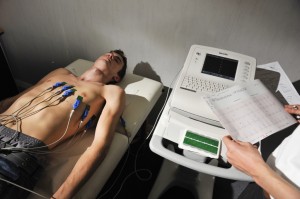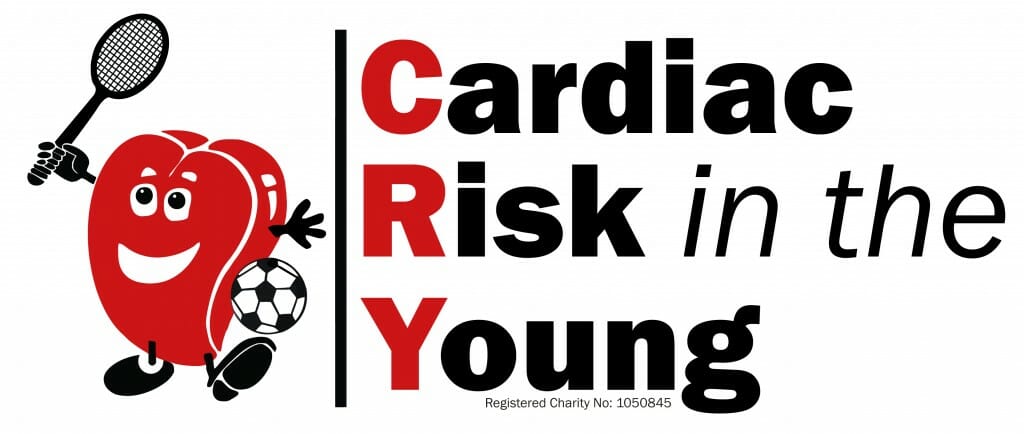In order to understand why blackouts and cardiac arrests can happen, it helps to understand how the heart works.
The heart is a specialised muscle that contracts regularly and continuously, pumping blood to the body and the lungs. The pumping action is caused by a flow of electricity through the heart that repeats itself in a cycle. If this electrical activity is disrupted – for example by a disturbance in the heart’s rhythm known as an arrhythmia – it can affect the heart’s ability to pump properly.
The heart has four chambers – two at the top (the atria) and two at the bottom (the ventricles). The normal trigger for the heart to contract arises from the heart’s natural pacemaker, the SA node (sinoatrial node), which is in the top chamber. The SA node sends out regular electrical impulses causing the atrium to contract and to pump blood into the bottom chamber (the ventricle). The electrical impulse then passes to the ventricles through a form of ‘junction box’ called the AV node (atrio-ventricular node). This electrical impulse spreads into the ventricles, causing the muscle to contract and to pump blood to the lungs and the body. Chemicals which circulate in the blood, and which are released by the nerves that regulate the heart, alter the speed of the pacemaker and the force of the pumping action of the ventricles. For example, adrenaline increases the heart rate and the volume of blood pumped by the heart.
The electrical activity of the heart can be detected by doing an electrocardiogram (also called an ECG). When an ECG is recorded it looks like this.
The mechanism of a blackout or cardiac arrest due to a channelopathy is most commonly a serious disturbance of the heart’s rhythm known as a ventricular arrhythmia (a disturbance in the heart rhythm in the ventricles) or ventricular tachycardia (a rapid heart rate in the ventricles). This can disrupt the ability of the ventricles to pump blood effectively to the body and can cause a loss of all blood pressure. If the heart’s rhythm goes back to normal spontaneously the loss of blood pressure is only temporary and the individual experiences a blackout or near-blackout. If this problem does not resolve this is known as a cardiac arrest.
The heart’s natural pacemaker – the SA node – sends out regular electrical impulses from the top chamber (the atrium) causing it to contract and pump blood into the bottom chamber (the ventricle). The electrical impulse is then conducted to the ventricles through a form of ‘junction box’ called the AV node. The impulse spreads into the ventricles, causing the muscle to contract and to pump out the blood. The blood from the right ventricle goes to the lungs, and the blood from the left ventricle goes to the body.


